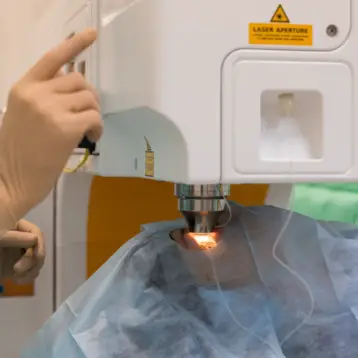|
It is difficult to find an animal model capable of imitating the manifestation of a behavioral or mental disorder in humans. The use of mice as a model for a disease that seems to be uniquely human is somewhat problematic since an animal cannot be asked for an exact account of its experience. Therefore, the main task in generating an animal model remains the recreation of the symptoms, which are deviant from natural animal behavior. The main assumption in the creation of animal models is that the underlying molecular mechanisms eliciting the behavior are similar to those in humans. On this basis, psychiatric medications are being developed and tested on the animal model before being tested on humans.
The Ariel University Center research team worked on refining an existing behavioral model named DSR – dominant submissive relationship model. In this model the mice are tested – they are to compete in pairs over a water source for 5 minutes every day over the course of a week. The team found that about 25-35% of the random pairs of mice developed a dominant-submissive behavioral pattern, in which one mouse became in charge of the water source and the other became shy, less daring, and essentially began ‘taking orders’ from the dominant mouse. This is a normal social behavior. As submissiveness is one of the symptoms of depression, the researchers focused on this behavior. Treating the submissive mice with antidepressants yielded a change in conduct and significant reduction of submissive behavior. Cross mating mice within each (submissive or dominant) group resulted in a second generation showing even stronger dominant – submissive patterns when put through the same test.
This model will join several other existing models in this field. These model animals may show different symptoms including lack of motivation, anhedonia (inability to experience pleasure), and low exploratory behavior. After creating a model, it is necessary to look into the organic causes of the problem. These may turn out to be changes on the structural, molecular, or genetic level or a combination of changes on different levels.
Striving to fix molecular deviances is the basis for creating new anti depressant drugs. Once the treatment is devised, animal models provide a cheap way of testing the new drugs and gene therapy. The anti depressants currently in use help about 50% of the patients and begin to be effective only a few weeks after the first intake. Clearly, a lot of improvement and research is still needed in the depression treatment field.
TFOT has already covered animal models used in other medical fields. One such story concerns a mouse model used for cancer research, which was developed at the University of Pennsylvania. Recently, we also published covered the use of gene therapy in mice in a research project focusing on sickle sell anemia, conducted at MIT and the University of Alabama at Birmingham.
An account of a similar model for depression and self esteem in mice can be found here. More information on animal models in general can be found here.
Top image: lab mouse (Credit: Rutgers University).










